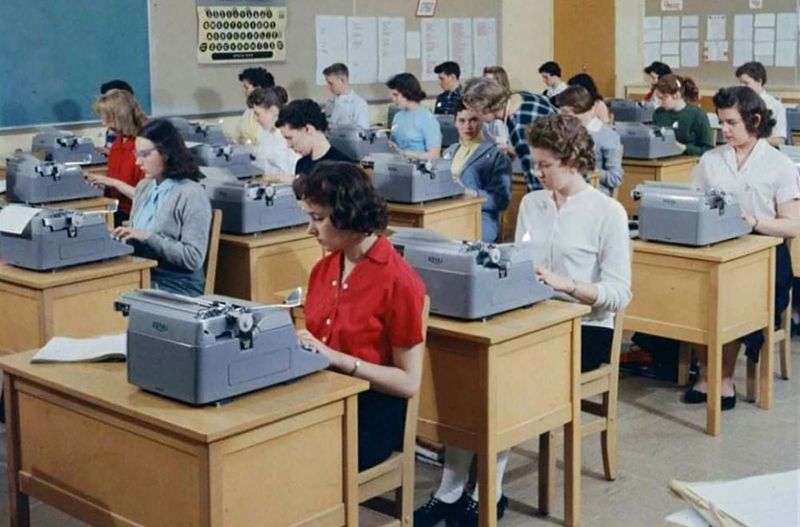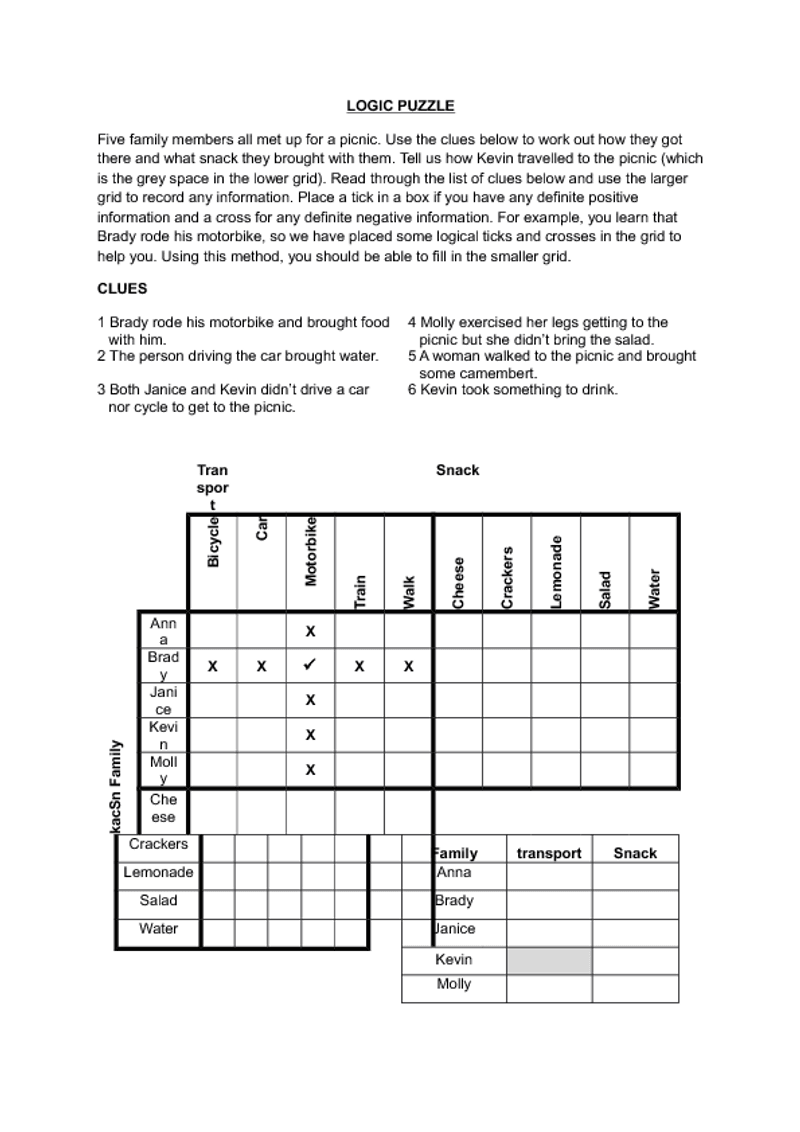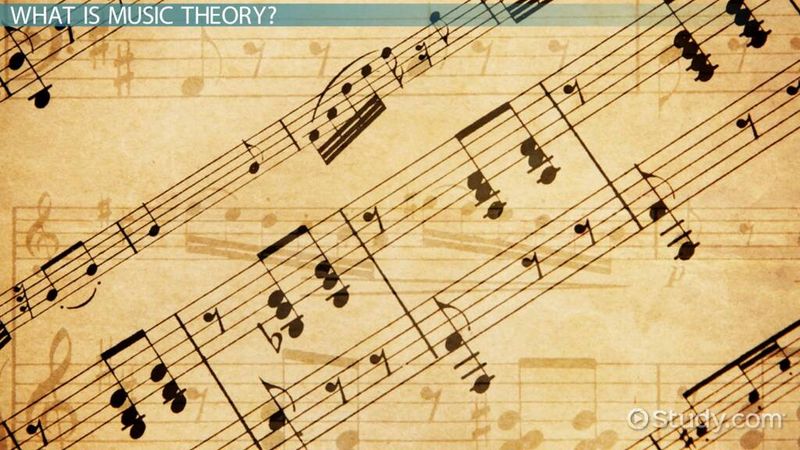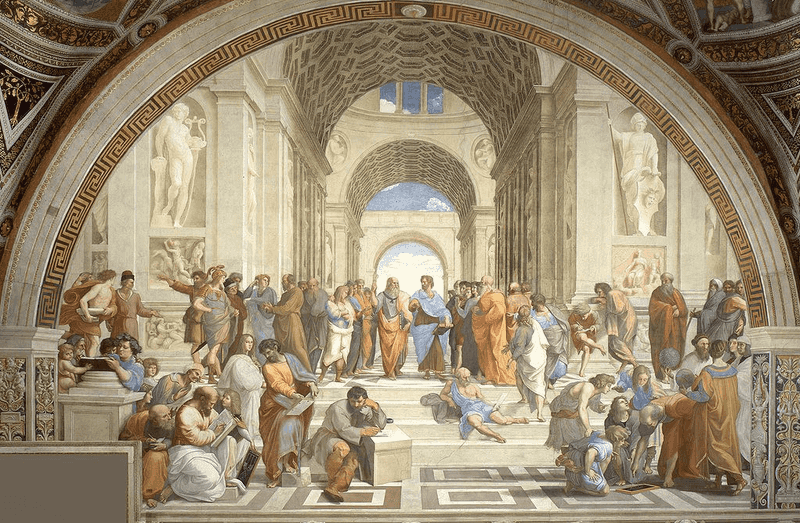Over the years, many school subjects that once formed the core of education have gradually faded away.
This blog post explores 18 such subjects, offering insights into why they vanished and what set them apart.
1. Cursive Writing (Penmanship)
Cursive writing, once a hallmark of fine penmanship, is slowly becoming a relic of the past. With the rise of digital communication, fewer schools emphasize this elegant form of writing. In many regions, cursive has been dropped from curricula, replaced by keyboard proficiency. This sudden shift reflects changing priorities in education. The delicate art of linking letters is now a skill cherished by a dwindling number of enthusiasts. Ironically, those who learned cursive often describe it as therapeutic, a calming ritual in a hurried world. The question remains: will it ever make a comeback?
2. Home Economics
Home economics was more than just cooking and sewing; it was a gateway to essential life skills. Students were taught budgeting, nutrition, and even child care. However, as education policies shifted, these classes dwindled, making way for more specialized electives. In many schools today, they no longer exist. This change speaks to a broader cultural shift, where practical home skills are undervalued compared to academic achievements. For those who experienced it, home economics was a cherished space where creativity met practicality, fostering independence and confidence, skills that transcend the classroom.
3. Woodshop and Metal Shop
Woodshop and metal shop classes offered hands-on learning experiences, teaching valuable skills in craftsmanship and engineering. Yet, due to safety concerns and an increased focus on academic subjects, these classes have seen a dramatic decline. Many schools have phased them out, prioritizing STEM courses instead. For those who loved the smell of freshly cut wood or the satisfaction of creating something tangible, these classes were irreplaceable. They provided not just skills, but also a sense of achievement and pride. The workshops may be gone, but the memories endure for those who cherished them.
4. Typing (on Typewriters)
Typing on typewriters was once an essential skill taught in schools, reflecting a bygone era before computers. As technology evolved, these classes transformed into computer literacy courses. Today, the rhythmic clack of typewriter keys is a distant memory for many. The transition from typewriter to keyboard symbolizes a broader technological leap. Students today learn touch typing on digital devices, a skill equally vital for modern communication. While typewriters are now collectibles, the foundational typing skills they taught remain relevant, underscoring the enduring importance of effective communication tools.
5. Driver’s Education
Driver’s education was once a staple of the high school experience, preparing students for the road ahead. However, budget constraints and liability issues have led many schools to eliminate these programs. Now, students often turn to private driving schools to earn their licenses. This shift has sparked debate on accessibility and safety. For those who took driver’s ed in school, it offered not just driving skills, but also a sense of independence and responsibility. The program may be gone from many schools, yet its impact on young drivers resonates.
6. Logic and Critical Thinking
Logic and critical thinking were once integral parts of the curriculum, focusing on developing analytical skills. Yet, these courses have been absorbed into broader subjects or eliminated altogether. Educators argue that critical thinking is more vital than ever in today’s information-rich world. The disappearance of dedicated courses signals a shift in educational priorities. Those who studied logic often speak of its lifelong benefits, such as enhanced problem-solving abilities and clearer communication. While the formal classes may be gone, the skills remain a crucial component of a well-rounded education.
7. Music Theory
Music theory classes, once widespread, have seen a decline, often overshadowed by performance-based music education. Schools now focus more on playing instruments than understanding the theory behind the music. This trend reflects a broader emphasis on practical skills over theoretical knowledge. However, for those passionate about music, understanding the intricacies of theory adds depth to their craft. It’s a language that allows musicians to communicate complex ideas. The reduction of music theory in schools is a loss felt by many, as it represents the bridge between raw talent and refined artistry.
8. Agriculture
Agricultural education was once a cornerstone in rural schools, teaching students about farming, sustainability, and biology. As urbanization increased, these programs faded, now typically found only in specialized institutions. The decline highlights a growing disconnect between society and agricultural practices. For students who participated, it was more than just planting seeds; it was about understanding life cycles and ecosystems. The knowledge gained in such classes remains relevant, especially as conversations around sustainability and food security continue. Agriculture education may have diminished, but its importance is undeniably timeless.
9. Latin
Latin, the language once compulsory in many schools, has seen a significant decline, now rare outside of private or classical institutions. This shift reflects changing academic trends and priorities. For those who studied it, Latin offered not only linguistic skills but also insights into history, culture, and logic. Its study was a gateway to understanding ancient civilizations. Although its practical applications may seem limited, Latin is the root of many modern languages, enriching vocabulary and comprehension. The language of the ancients may be largely silent in schools today, but its legacy endures.
10. Shorthand
Shorthand, once a vital skill for secretaries and journalists, has been largely replaced by digital recording technologies. In its heyday, it was essential for fast, efficient note-taking. The art of shorthand writing taught precision and concentration, skills valuable in any field. Its decline mirrors technological advancements that favor speed and convenience. However, for those who mastered it, shorthand was an impressive feat of memory and dexterity. While few schools teach it today, its influence remains in modern shorthand codes and abbreviations. The skill may be fading, but its legacy persists in unexpected ways.
11. Library Research Skills
Library research skills, once taught to navigate the physical stacks and card catalogs, have been largely supplanted by digital research methods. In the past, these classes encouraged a tactile interaction with knowledge, fostering patience and analytical thinking. With the internet offering instant access to information, the slow, methodical process of library research is less valued. Yet, for those who learned it, these skills taught resourcefulness and critical evaluation. The quiet corners of a library once held the promise of discovery. Today, while digital searches are quick, the art of traditional research remains unmatched in depth.
12. Roman Numerals
Roman numerals, once a standard part of mathematics education, have largely faded from regular curricula. Now, they are often only briefly mentioned in history or math classes. This decline reflects a move towards more practical numeracy skills. Yet, Roman numerals still appear in various aspects of life, from clock faces to movie sequels. For those who learned them, they offered a unique way to understand numbers and history. The knowledge of Roman numerals provides cultural literacy, connecting us to ancient Rome’s legacy. Though their teaching is limited today, their historical relevance remains undeniable.
13. Trigonometry
Trigonometry, once often taught as a standalone subject, has become integrated into broader math curricula or eliminated due to curriculum changes. This transition reflects evolving educational priorities that favor comprehensive over specialized instruction. Yet, trigonometry’s principles underpin many aspects of everyday life, from architecture to astronomy. Its disappearance as a focused course is lamented by those who appreciated its challenge and precision. For many, trigonometry was a doorway to understanding the mathematical world. Although its formal teaching may have diminished, its foundational concepts remain integral to math education.
14. Art History
Art history, once a common part of the curriculum, has faced cuts due to budget constraints and a stronger focus on STEM subjects. For those who took these classes, they offered an exploration of culture and aesthetics, bridging the past and present. Understanding art’s evolution provides insights into societal changes and the human condition. Although many schools have reduced their art history offerings, the subject remains valuable for fostering critical thinking and cultural appreciation. Art history classes were a canvas of discovery, now mostly reserved for higher education institutions. Their reduction in schools marks a cultural loss.
15. Classical Studies
Classical studies, covering subjects like Ancient Greek and classical civilizations, have seen reduced offerings, primarily found in specialized institutions. This decline reflects broader educational trends prioritizing modern over ancient studies. Yet, for those who pursued them, classical studies provided a window into the origins of Western thought and democracy. They offered a deeper understanding of philosophy, literature, and governance. The stories and ideas from classical antiquity continue to influence modern society. While less common in schools today, the impact of classical studies remains profound, shaping the foundation of many contemporary disciplines.
16. Abacus Training
Abacus training, once a traditional method for teaching arithmetic, has been replaced by calculators and digital tools. The abacus, with its beads and rods, taught not only basic math but also concentration and manual dexterity. Despite its simplicity, it was an effective learning device. As technology advanced, the abacus became less relevant, yet its legacy lives on in mental arithmetic techniques. For those who used it, the abacus was more than just a tool; it was a bridge to understanding numbers intuitively. While rarely seen in schools today, its historical significance cannot be overlooked.
17. Cake Decorating
Cake decorating was once a delightful component of home economics, teaching students the art of culinary presentation. This creative subject has largely disappeared from school offerings, swept away by changes in educational focus. For students who enjoyed these classes, cake decorating offered a sweet balance of artistry and precision. It encouraged creativity and provided a satisfying outlet for expression. The techniques learned were often shared at family gatherings, making ordinary cakes extraordinary. While professional courses exist today, the charm of learning cake decoration in school remains a fond memory for many.
18. Civics
Civics education, once a cornerstone of the curriculum, has been reduced in many schools, leading to concerns about students’ understanding of government and citizenship. This trend highlights shifting educational priorities away from social studies. For those who took civics, it provided essential knowledge about political systems and civic duties. It fostered an informed and engaged citizenry, crucial for a functioning democracy. Although diminished, the importance of civics education is increasingly recognized in today’s polarized political climate. The legacy of civics classes endures, as they laid the groundwork for informed civic participation.


















